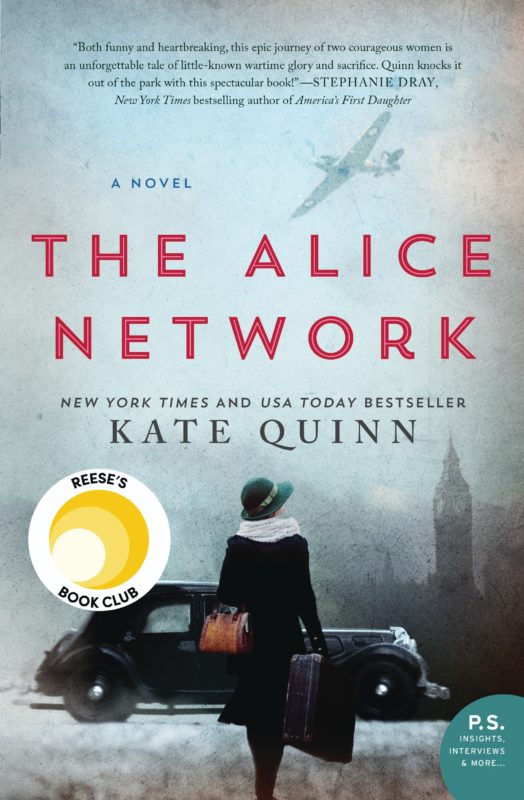It’s a real life fairy-tale, a love story to rival all the greats: Lancelot and Guinevere, Tristan and Isolde, Romeo and Juliet. It sounds like something conjured up by the Brothers Grimm, but it’s true–genuine historical fact.
Once upon a time, a brilliant but lonely man became Emperor of the known world. His life was filled with travel, work, friends, but never love–until he met a stunning young beauty from Greece. The beauty was poor and low-born, but the Emperor didn’t care. They fell madly in love and became inseparable, traveling the Empire side by side. Their happiness seemed perfect–until one day, the young beauty was found floating in the Nile beside their pleasure boat, drowned. Accident? Murder? Suicide? No one knew, but the Emperor was devastated. He deified his dead lover, immortalizing that beautiful faces in hundreds of marble statues . . . and he never loved again.
Sounds terribly romantic and poignant; just the sort of thing to be memorialized by the sappier sort of Victorian artist and hundreds of bad poets throughout the ages.
The Emperor of this particular love story was Hadrian, one of the greatest rulers who ever held sway over the Roman Empire . . . oh, and by the way, his low-born beauty was a man. Hence the virtually total blackout on their romance, which except for the gender of its principles would have become legend.
I’m writing my third novel about ancient Rome, and this one covers Emperor Hadrian, a complicated intellectual charmer whose twenty-one years of rule covered one of the most dynamic and prosperous periods of Rome’s history. Hadrian is one of the so-called Five Good Emperors and he achieved a great deal, but not nearly so much was written about him by scholars of ancient history than about other Emperors of Rome. His blatant passion for a Greek youth named Antinous made many scholars uncomfortable–the Victorians made a lot of hopeful noises that maybe Antinous was really Hadrian’s long lost son, but that fooled nobody. Easier not to talk about an Emperor who went so off the rails when his boyfriend died that he nearly killed himself.
Homosexuality in ancient Rome was a far more casual thing than it became in later centuries. Bisexuality was the norm rather than the exception among many Roman men; it is noted of Suetonius’s Twelve Caesars, written at first hand during Hadrian’s reign, that only two of the twelve Emperors discussed were universally heterosexual. Hadrian’s passion for a young man would not have raised a single eyebrow in his own day. What raised a lot of eyebrows was the depth of feeling he held for what should have been a passing fling.
We don’t know much about Antinous, except that he was Greek, low-born, and stunningly handsome. He was a generation younger than Hadrian, but that was hardly unusual, and Hadrian was still a vigorious, good-looking, and athletic man. Antinous must have had some brains besides the beauty, since Hadrian was himself a scholar and a bit of a snob who scorned stupid people. Antinous did share Hadrian’s passion for hunting; the Emperor once risked his life to bring down a lion about to pounce on his lover. The real reason why Antinous drowned in the Nile remains a mystery, but the Emperor’s grief after the fact is unmistakeable: Hadrian, a biographer and scholar who wrote voluminously his whole life, penned just one line in shaky handwriting after his beloved’s death: “He was drowned in the Nile.”
Hadrian went on to make sure no one would ever forget the youth who must have been laughingly dismissed during his life as an Emperor’s boy-toy. Antinous was immortalized in so many statues that he is one of the best-known faces of the Roman era–nearly twenty busts and statues survive from Hadrian’s private villa alone. A city was named in his honor and he was made into a god, his worshippers briefly giving Christianity a run for its money.
Did Antinous love the Emperor as deeply as Hadrian loved him? We don’t know. Maybe he was just a handsome young man putting up with a powerful older lover because he had no choice. But if he’d been a girl instead of a boy, no one would ask the question. The fairy-tale details–Emperor falling in love with young beauty, tragic early death, lifelong devotion–would have swept the story along until it had all the rosy gleam of a romantic legend. The names of the two lovers would be linked in mass pop culture just like the names of Romeo and Juliet, Bella and Edward, Brad and Angelina. There would have been countless bad romantic odes written to their memories; numberless Victorian paintings filled with tasteful nudity and marble columns and pre-Raphaelite symbolism. Verdi would have written an opera called Hadriano with starring roles for an innocent girlish soprano and a powerful manly baritone. A terrible movie would have been made in the fifties starring Victor Mature and Jean Simmons, and another movie would be in the works for 2013 with bigger budget and better CGI, starring Gerard Butler and Scarlett Johansson. But simply because this real-life love affair with all the romantic trimmings happened to star two men, nobody knows about it unless they are ancient history buffs.
Still, the obscurity of Hadrian and Antinous might be ending. As societal attitudes towards homosexuality change, scholarly work on Hadrian no longer shies away from examining his sex life. Anthony Everitt’s splendid Hadrian and the Triumph of Rome devotes whole chapters to the Emperor’s beloved. And anyone who studies the sculpture of the ancient world knows Antinous’s face very well indeed, as busts and portraits and fragments of statues continue to be unearthed.
I think Hadrian would have liked that.







